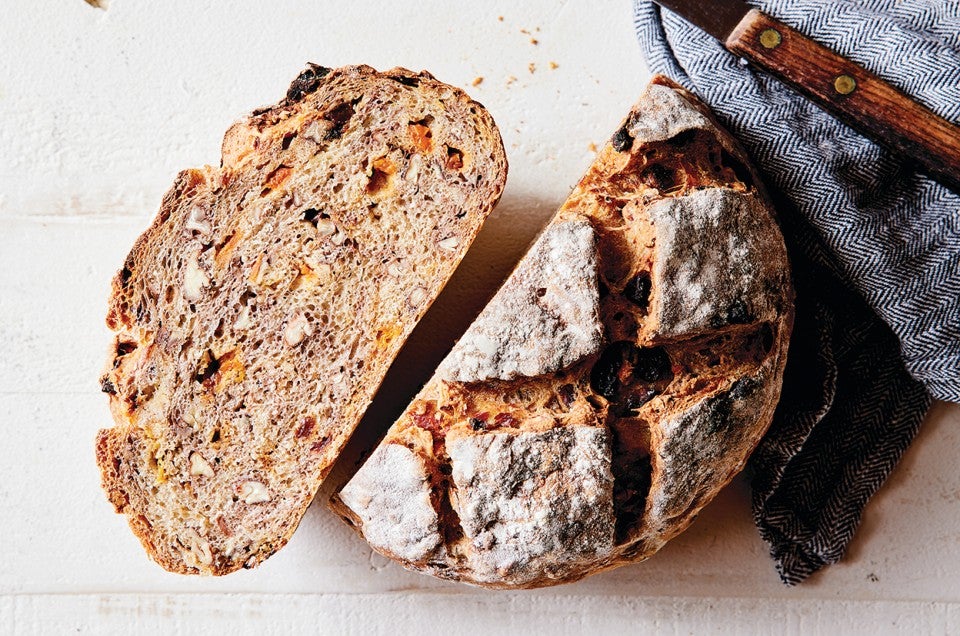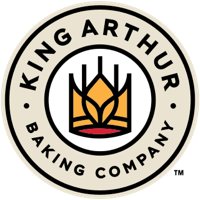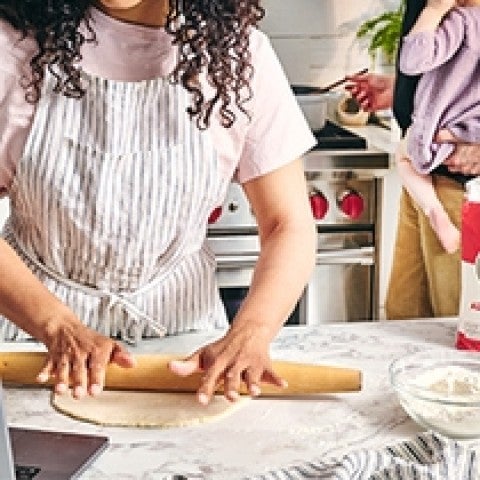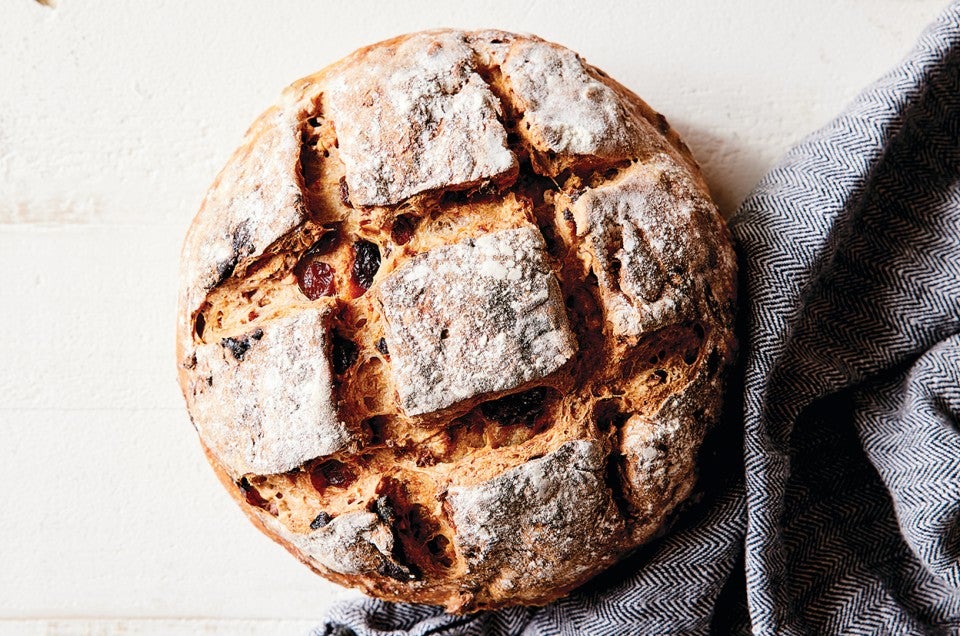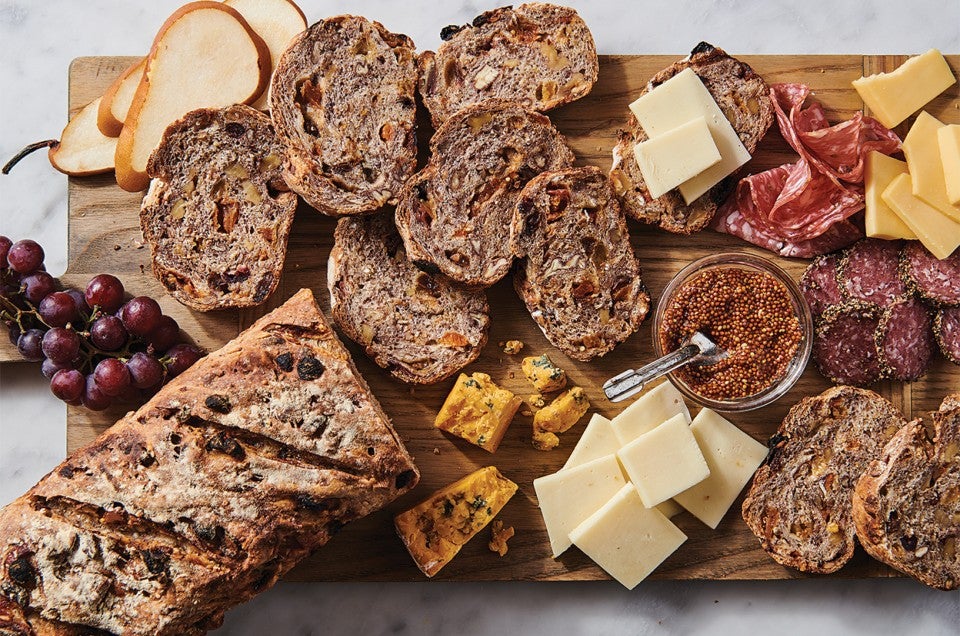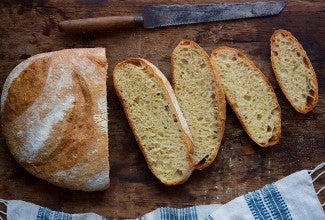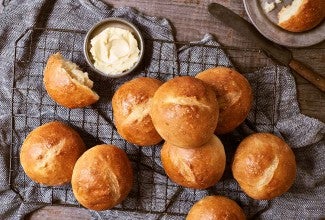No-Knead Harvest Fruit Bread
Plan ahead for this easy fruit bread: An overnight or all-day rise gives it terrific flavor. Packed with harvest fruits — dried apricots, pears, and cranberries — and nuts, King Arthur Unbleached Bread Flour guarantees this loaf will rise nicely and offer a satisfying chew. For the best crust, bake this harvest fruit bread in a ceramic bread crock or a covered baker.
